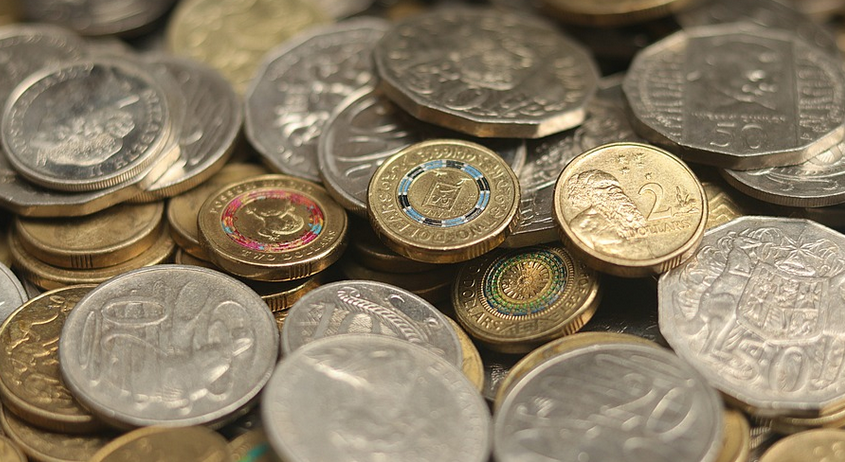What Are Money Orders?
Money orders are prepaid postal checks that you can buy from banks and authorized retailers like convenience stores.
Imagine a small, pre-paid check with your name and the amount printed on it. You give it to someone who’s supposed to collect payment for something – think buying groceries, paying bills, or even sending money across borders.
But why are they better than other methods? Money orders offer some major advantages over cash, checks, or even electronic payments: they’re safe, reliable, and easy to use.
Why Choose a Money Order?
Let’s dive into the reasons why people choose money orders. Here are some key benefits:
**Security:** Unlike cash or checks where you risk losing your money if you forget an important detail, money orders come with protection against fraud and theft. You can’t lose them entirely as they have a specific amount pre-printed on it.
**Proof of Transaction:** Money orders offer proof of transaction, making transactions easier to track. The record is easily accessible in case of any dispute or miscommunication
**Convenience:** They’re easy and convenient! You can buy money orders from many locations, including banks, post offices, and retailers, so you don’t need a special account for it.
**Ease of Use:** Money orders are straightforward to use. All you have to do is sign your name and provide the amount on the order. This is a huge benefit over checks, which require additional steps like signing and filling out a large form.
**Reliable Payment:** Money orders eliminate the risk of delayed payments or lost funds. The recipient will receive the money as promised.
**International Transactions:** Money orders are especially useful for sending money internationally. Many countries accept them, making them a convenient option for international money transfers.
How to Get a Money Order
Here’s how you can get your money order:
**Step 1: Visit the Right Place:** You can often buy money orders at banks, post offices, and grocery stores. Check nearby institutions or online for locations that offer money orders.
**Step 2: Provide Information:** When you reach the location, provide your identification (like a driver’s license) to verify your identity. They’ll also ask for the amount you want on the order, along with any other relevant information.
**Step 3: Choose Your Amount:** You’ll need to choose an amount to fill the money order. The minimum amount can vary based on your bank or retailer.
**Step 4: Complete the Order:** Once you have decided on the amount, provide the details (name and amount) on the money order form to finalize the purchase.
**Step 5: Get Your Money Order:** After completing the steps, your money order will be ready. You’ll need to collect it from the clerk or cashier at the chosen location.
Safeguard Your Money Orders
To maximize your safety and security, here are some important tips for handling money orders:
**Protect against Fraud:** Always check your money order carefully before signing it to ensure you’re receiving the correct amount. Double-check the details of the transaction to avoid any confusion or fraud.
**Storage and Safekeeping:** Store your money order safely in a secure place, especially if you are traveling. Using a safe deposit box for long-term storage can be recommended or use a strong lockbox to keep them safe
**Shred Unused Orders:** For security reasons, shred any unused money orders after they have served their purpose.
**Report Suspicious Activity: If you notice something suspicious about your money order (like unauthorized transactions) report it immediately to the authorities. This will help prevent financial losses or theft.
